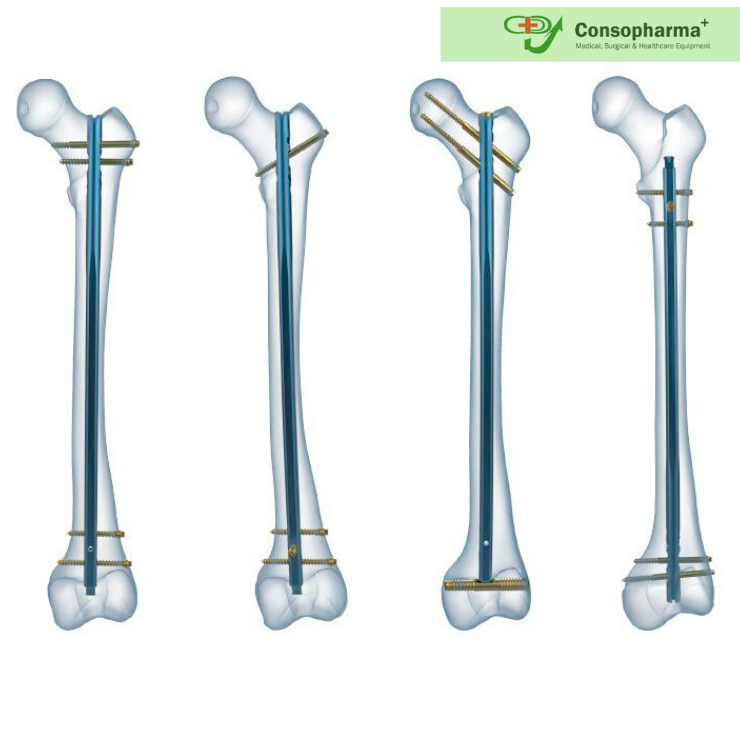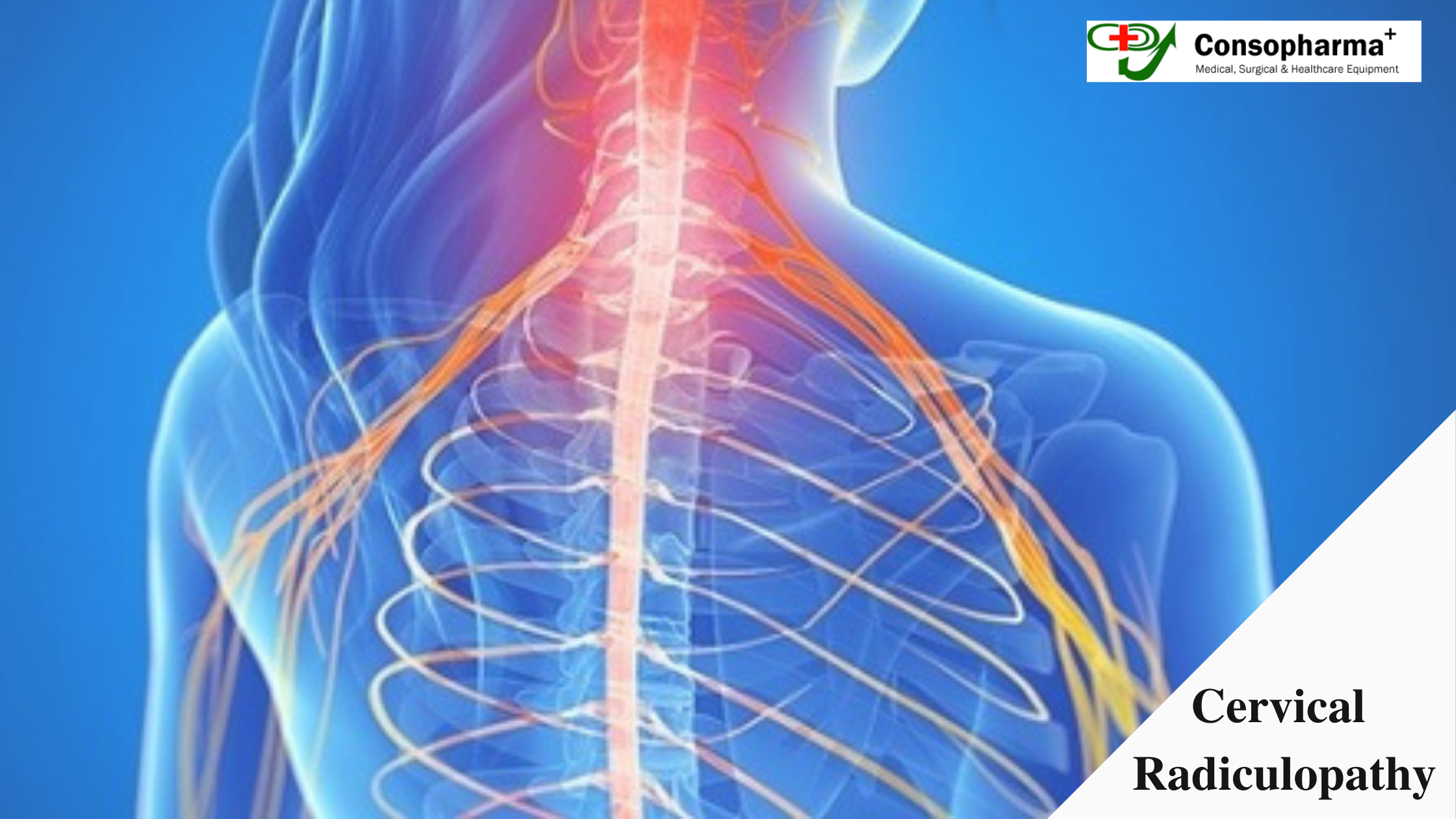A Brief Overview of Intramedullary Nailing

The surgery to fix or repair broken bones, to keep it stable, is intramedullary nailing. In the center of the broken bone, a nail or a rod is placed so that the patient can put weight on it and be stable. Broken hips, thing, shin and upper arms are the most common fixes of this procedure. Intramedullary nailing is a standard procedure for long-bone fracture fixation. Selected metaphyseal fractures and most long-bone diaphyseal fractures require intramedullary nail to provide stability to the fractured part.
The intramedullary implantations are remotely introduced to the fractured site, which shares the same bending, compressive, and torsional loads of bony structures of the surroundings. Intramedullary implants allow the secondary fracture to heal as it functions as internal splints.
Preparing for the surgery
Like any other surgical procedure, you do not have permission to eat or drink anything. The doctor prescribes specific medication before the surgery, depending on the blood report of the patient. The patient is also given antibacterial medications through the IV to prevent any bacterial infections before or after the surgery.
During the surgery
Firstly, depending on the extent of your injury, you are likely put under local or general anesthesia. It is most likely that general anesthesia is more apt for such surgeries as it requires quite some time, so the patient is asleep throughout. The patient does not feel any pain during the procedure. To block the nerves near the fracture site, you may also get pain medications. Numbing medicine also finds its use when there is a severe case of fracture of the bone leg. It is directly injected into the spine. You may be awake if it is a spinal injection, but you will not feel any pain.
The doctors ensure to get the best intramedullary implants from the best interlocking nail supplier and the orthopedic locking screw supplier so that there are no chances of any infections due to the implants. High-quality implants add to the success of any intramedullary nailing procedures. Small incisions through the skin allow the surgeon to reach the fractured site. With the help of a wire, the nail is introduced to the hollow center of the bone after aligning the broken ends of the bone. The pins keep the bones in line, and the locking screws hold the nails in place, at both the ends. Stitches or staples close the incisions.
After the surgery
If you have an operation in the leg, your leg will be numb for the next six to twelve hours. In case of surgeries related to the hip, it is best to call in the best total hip prosthesis supplier, for a fast, safe and smooth recovery and movability.
Whether you have a hip replacement or a leg or an arm operation, you must follow the instructions strictly as per the guidance of your doctor. Regular breathing exercises and movement are necessary for the implants to adjust to your body. A physiotherapist also helps individuals to recover from intramedullary nailing procedures by advising on activities, which keep the joints flexible and strengthen the muscles.




